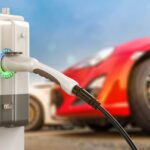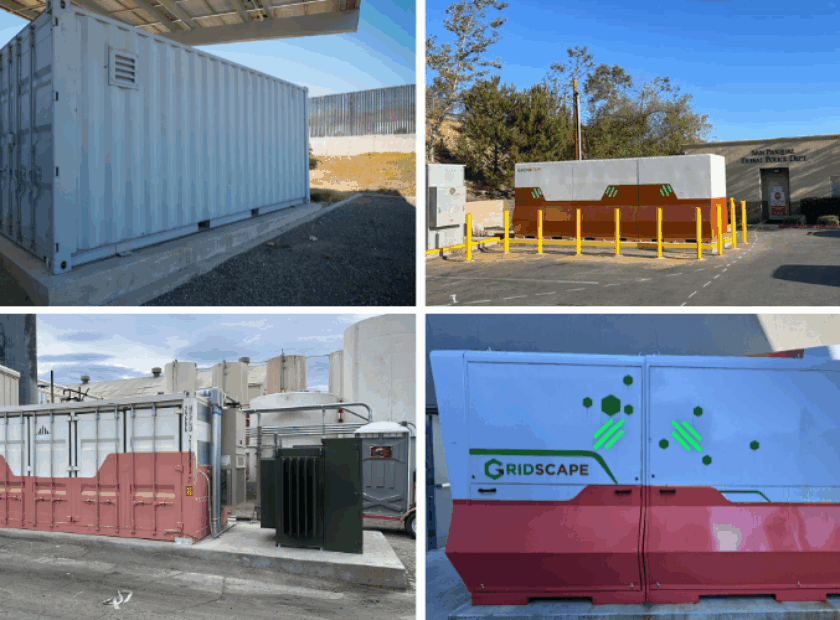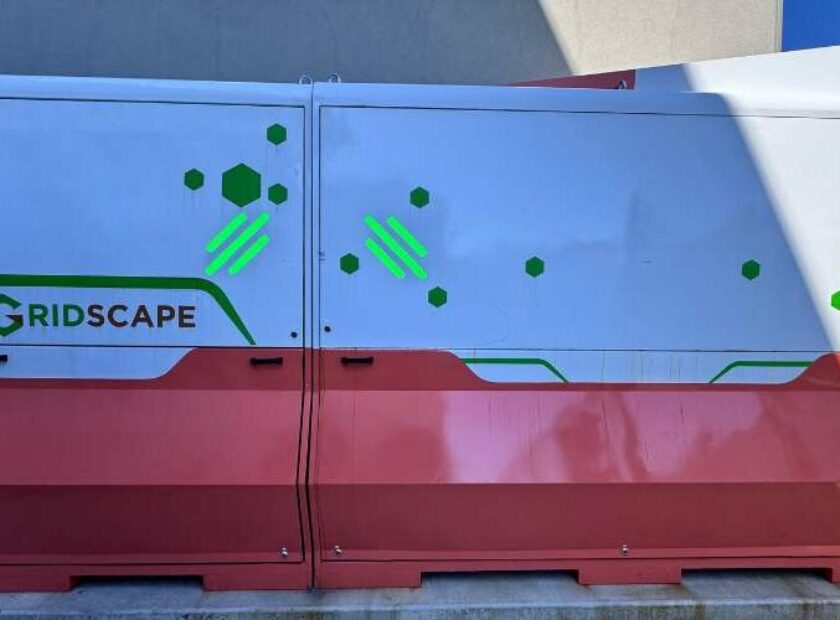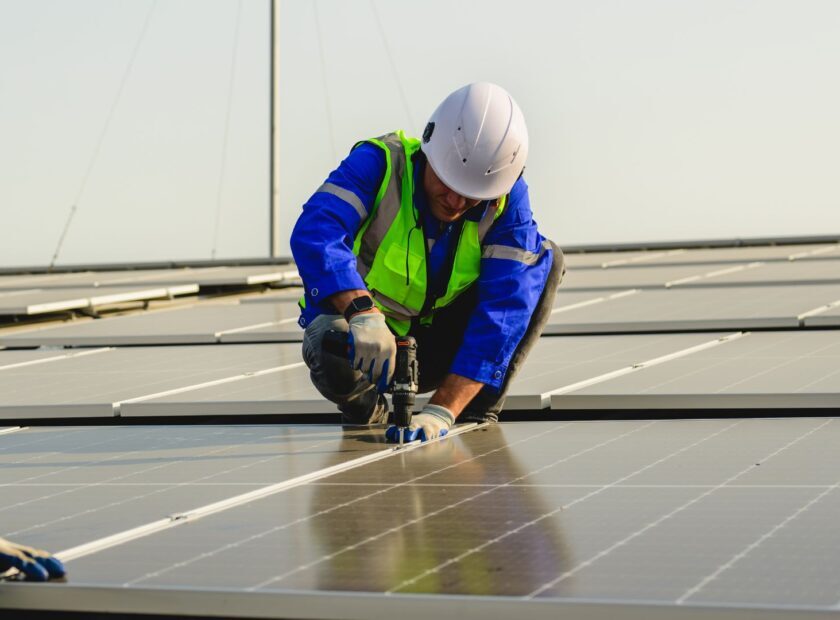The AI Revolution’s Hidden Cost: Power Demand and the Promise of Microgrids
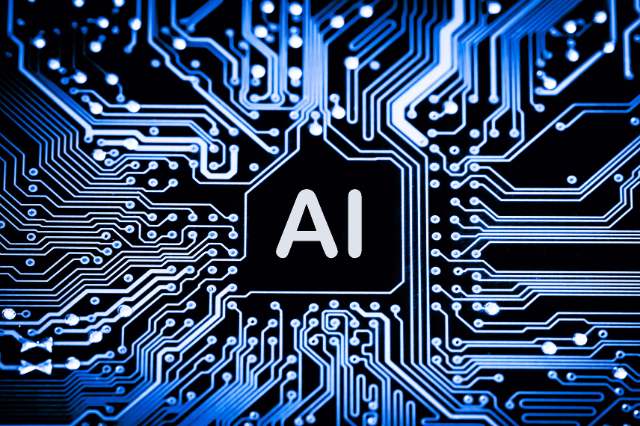
The rapid advancement of artificial intelligence (AI) is revolutionizing various sectors, from healthcare to finance, but it also brings about an often overlooked consequence: skyrocketing power demand. This surge is primarily driven by the construction of large-scale computing infrastructure necessary to support AI operations, which require exponentially more power than traditional data centers. The expansion of cloud computing further exacerbates this demand. As tech giants scramble to establish new data centers, the strain on our power grid intensifies and this is bound to intensify further. This scenario is further compounded by the popularity of crypto-mining, where currencies such as bitcoin are transacted and minted, further driving data center growth. The mounting bottlenecks within our power grid underscore the urgent need for innovative solutions, with decentralized microgrids emerging as a promising answer.
The AI-Induced Power Surge
AI’s power-hungry nature stems from its reliance on high-performance computing (HPC) systems that perform complex calculations at incredible speeds. These systems, housed in expansive data centers, require substantial electricity to function effectively. Traditional data centers, although significant power consumers themselves, pale in comparison to the energy demands of AI-driven facilities. The computational intensity of training AI models, running simulations, and processing vast amounts of data necessitates a continuous and robust power supply, thereby amplifying the load on the electrical grid.
Furthermore, the cloud computing boom, integral to AI’s growth, demands a vast infrastructure network to store, manage, and process data remotely. This infrastructure, distributed across numerous data centers globally, contributes significantly to the escalating power consumption. As tech firms expand their cloud services to accommodate AI applications, the pressure on the grid mounts, leading to potential bottlenecks and energy shortages.
The Crypto-Mining Phenomenon
Adding to the complexity is the rise of crypto-mining, an energy-intensive process that further strains the power grid. Bitcoin and other cryptocurrencies rely on vast networks of computers to solve cryptographic puzzles, a process that consumes vast amounts of electricity. Data centers dedicated to crypto-mining are sprouting up worldwide, exacerbating the already heightened demand for power driven by AI and cloud computing.
The Overburdened Grid
The current electrical grid, designed for a less demanding era, is now facing unprecedented challenges. The network of transmission lines and power stations that distribute electricity across the country is becoming increasingly overtaxed. As power consumption continues to rise, so do the risks of bottlenecks and blackouts. This vulnerability underscores the need for a more resilient and flexible energy infrastructure.
Decentralized Microgrids: A Promising Solution
In the face of these challenges, decentralized microgrids offer a game changing solution. Microgrids also known as local power plants are localized energy systems capable of operating independently from the traditional grid. They integrate various energy sources, including renewables like solar to provide reliable and sustainable power. Here’s how decentralized microgrids can mitigate the power demands driven by AI:
Enhanced Resilience: Microgrids can operate autonomously, ensuring a continuous power supply even when the main grid faces disruptions. This resilience is crucial for data centers that require uninterrupted power to support AI operations.
Load Balancing: By distributing power generation across multiple microgrids, the overall load on the central grid can be reduced. This decentralized approach helps alleviate bottlenecks and ensures a more stable power supply.
Sustainability: Microgrids often incorporate renewable energy sources, reducing the carbon footprint of data centers. This sustainable approach aligns with the growing emphasis on green technology and environmental responsibility.
Scalability: Microgrids can be scaled according to specific energy needs and this can be so useful when you want to match your energy needs with energy generation, a flexibility that microgrids allow. As AI continues to evolve and its power demands increase, microgrids can be expanded or reconfigured to meet these requirements efficiently.
Cost Efficiency: Decentralized energy generation can lower operational costs by reducing dependency on the main grid and taking advantage of local energy resources. This cost efficiency is particularly beneficial for tech firms operating energy-intensive data centers.
The story of AI-induced power demand is one worth tracking, not just for its technological implications but also for its impact on our energy infrastructure. As AI continues to push the boundaries of innovation, the resulting power surge presents significant challenges and opportunities. Decentralized microgrids emerge as a key player in this narrative, offering a resilient, sustainable, and efficient solution to the escalating energy demands. By embracing microgrids, we can support the growth of AI and other emerging technologies while ensuring a stable and sustainable energy future. Whar are your thoughts on this?


